“For a writer, all places are imaginary, even the one in which he happens to live.”
Paul Auster
“For a writer, all places are imaginary, even the one in which he happens to live.”
Paul Auster
Co-edited with Alberto Brodesco & Carlo Brentari
Chek it out at : https://www.losquaderno.net/?p=2409
… il n’en est pas moins vrai que les choses se passent comme si tout organisme supérieur était né d’une association de cellules qui se seraient partagé entre elles le travail. Très probablement, ce ne sont pas les cellules qui ont fait l’individu par voie d’association ; c’est plutôt l’individu qui a fait les cellules par voies de dissociation. Mais ceci même nous révèle, dans la genèse de l’individu, une hantise de la forme sociale, comme s’il ne pouvait se développer qu’à la condition de scinder sa substance en éléments ayant eux-mêmes une apparence d’individualité et unis entre eux par une apparence de sociabilité. Nombreux sont les cas où la nature paraît hésiter entre les deux formes, et se demander si elle constituera une société ou un individu : il suffit alors de la plus légère impulsion pour faire pencher la balance d’un côté ou de l’autre … dans des organismes rudimentaires faits d’une cellule unique, nous constatons déjà que l’individualité apparente du tout est le composé d’un nombre non défini d’individualités virtuelles, virtuellement associées. Mais, de bas en haut de la série des vivants, la même loi se manifeste. Et c’est ce que nous exprimons en disant qu’unité et multiplicité sont des catégories de la matière inerte, que l’élan vital n’est ni unité ni multiplicité pures, et que si la matière à laquelle il se communique le met en demeure d’opter pour l’une des deux, son option ne sera jamais définitive : il sautera indéfiniment de l’une à l’autre. L’évolution de la vie dans la double direction de l’individualité et de l’association n’a donc rien d’accidentel. Elle tient à l’essence même de la vie.
Henri Bergson 1907 (§III, 4)
Will be my pleasure to join Javier Abarca and the other fellows at http://thetagconference.com/
Now out at: https://journals.sagepub.com/toc/ssic/58/2
Featuring :
Measurements and their limits – Editorial
David Jaclin, Peter Wagner
Umwelt-measures. On extensive and intensive measures: Introduction to the special issue ‘Theorising measures, rankings and metrics’
Andrea Mubi Brighenti
Ethical dimensions of quantification
Wendy Espeland, Vincent Yung
Commensuration, compromises and critical capacities: Wage determination in collective firms
Nina Pohler
Evaluations as value-measurement links: Exploring metrics and meanings in science
Felicitas Hesselmann, Cornelia Schendzielorz
The role of measurement in theorising about the world
Nicole Holzhauser, Frank Eggert
When reactivity fails: The limited effects of hospital rankings
Christopher Dorn
An analysis of the city through its crystallising processes is here proposed. Because crystallisation involves phase transition, a review of the latter, as well of the notion of phase in its relation to order, is first submitted. Then the question is posed: Can we suggest that cities have phases? What would it imply to study cities as “phased beings”, or phased phenomena? Which characteristics of crystalline phases can prove most relevant for cities? The paper explores crystallisation as a lens for understanding spatial order, temporality, individuality and perception in the course and in the context of the urban process and urban life.
Keywords: urban phases; urban crystallisation; crystal growth; crystalline life; crystallised cities; urban perception; urban individuality
Now published in City, Culture and Society
NOW OUT in TASTE • Law and the Senses book series (Eds. Andrea Pavoni, Danilo Mandic, Caterina Nirta, Andreas Philippopoulos-Mihalopoulos). London: University of Westminster Press.
Available in Open Access – https://www.uwestminsterpress.co.uk/site/books/10.16997/book21/
Nout out in Geographica Helvetica – https://www.geogr-helv.net/73/203/2018/
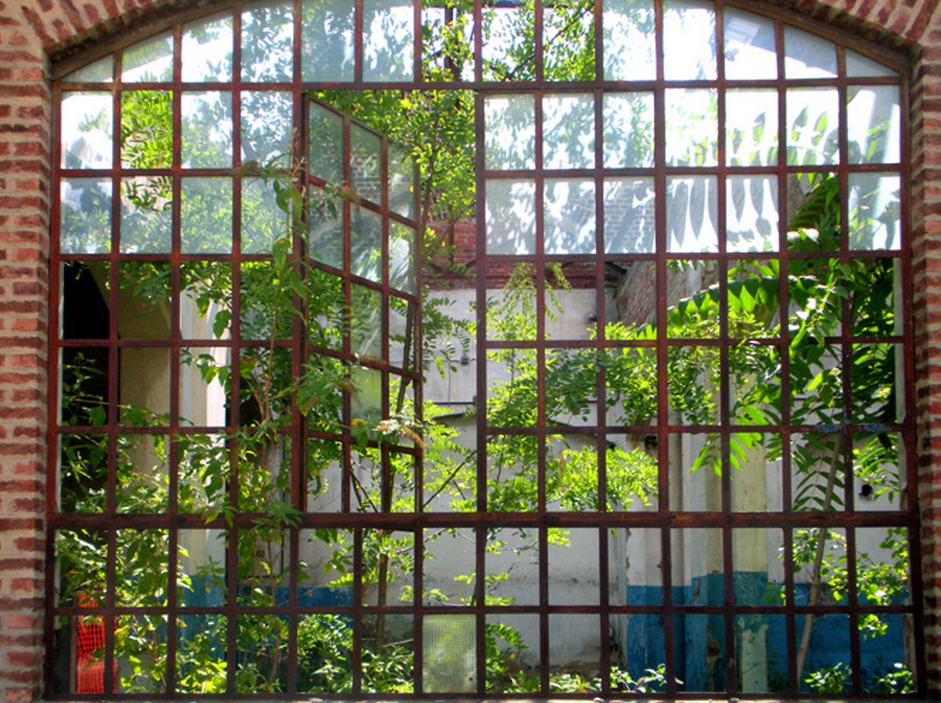

OUT NOW in CULTURE, THEORY AND CRITIQUE
The vegetative stratum is a layer of existence that is inherent not only in plants. Here, I propose to look at how vegetative life – or, the vegetative mode of existence – affects cities. The vegetative mode of existence is not focused on activities, routines, achievements. Here appears a city that is not industrial or industrious. When the industrious city retreats, or falls apart, the vegetative stratum becomes visible. The vegetative city is a city without any central nervous system. I suggest the interpretation of the vegetative city as a hopeful manifestation of the urban that only takes place when the time is ripe.
Also here
Now published in Theory, Culture & Society 35(1) http://journals.sagepub.com/toc/tcsa/35/1
Abstract
Issues of measure and measurement, and their relation to value and values, are of concern in several major threads in contemporary social theory and social research. In this paper, the notion of ‘measure-value environments’ is introduced as a theoretical lens through which the life of measures can be better understood. A number of points are made which represent both a continuation and a slight change in emphasis vis-à-vis the existing scholarship. First, it is argued that the relation between measure and value is necessarily circular – better, entangled. Second, a conceptualisation of measures as territorialising devices is advanced. Third, importance is given to the fact that measures are not simply tools in our hands, they are also environments in which we live. Fourth, attention is drawn to the fact that the unit (n=1) is not just a quantitative happening among others, but is qualitatively distinct.
http://journals.sagepub.com/doi/abs/10.1177/0263276416689028
The Social Life of Measures (pre-print version)
Understanding the Animation of Domesticity
Now Published in Space & Culture
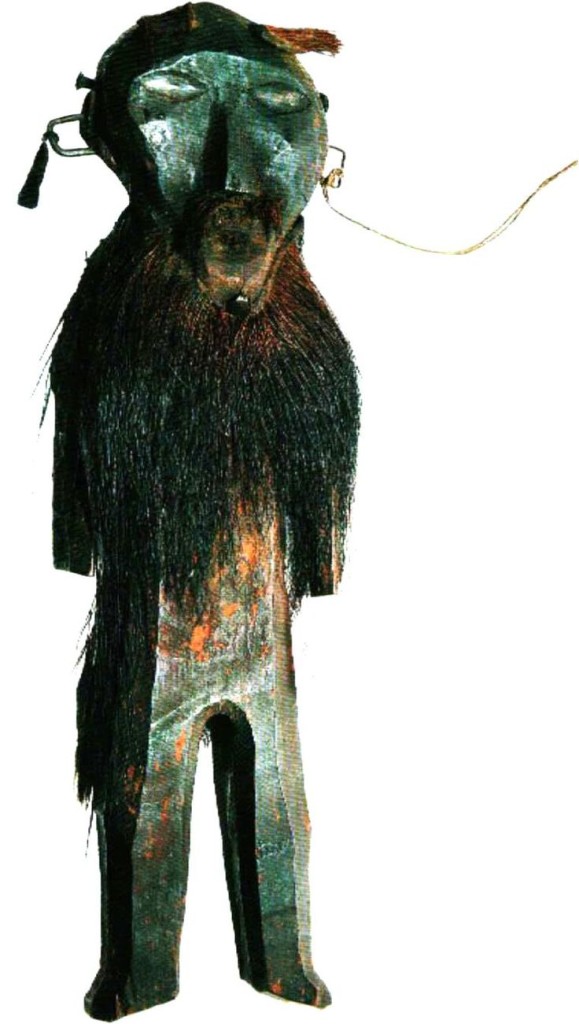
Abstract. Domesticity is a complex, multifaceted phenomenon. In this piece, we approach it from the point of view of a general theory of territories. To do so, we attempt to tackle simultaneously the ecological and spiritual dimensions of home by attending the expressive dimension of domesticity. We emphasise that the expressiveness of home inherently includes the register of the familiar as well as that of the unfamiliar (Freud’s unheimlich). The constant negotiations between these two registers can be appreciated as carried out ‘at the limits of control’. To highlight this fact, we focus on the case of the ‘little humans’, miniature humanoid creatures well attested in traditional mythologies and folk tales across different civilisations. Drawing from anthropological and ethnographic literature, yet with a leading interest in social-spatial theorising, we seek to untangle the relations between humans and the ‘little humans’ – these ‘elusive others’ living with us – in order to clarify the deep meanings ingrained in domestic territories.
Keywords: domestic territories; territoriology; little humans; limits of control; parasites; crowds; animism.
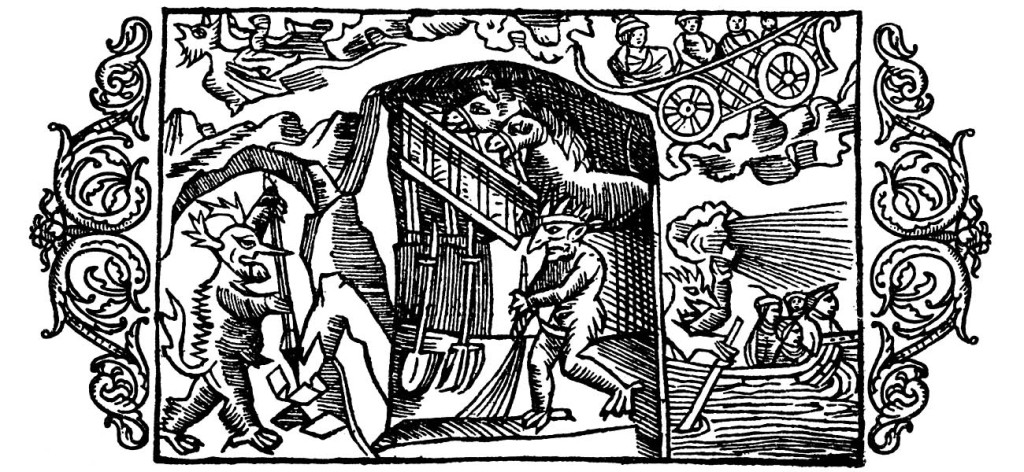
NOW PUBLISHED in Journal of Urbanism: International Research on Placemaking and Urban Sustainability

Abstract. Over the last couple of decades, urban sports have been studied – as well as, in many cases, celebrated – as critical forms of using urban space. Urban climbing, a practice also known as ‘street bouldering’, ‘buildering’, ‘structuring’, and ‘stegophilia’, has been much explored in this vein. While we acknowledge the importance of the theoretical move consisting in bringing to light the political and playful dimensions of the urban spatial experience, in this piece we would like to focus on a slightly different question. Rather than emphasising the political of playful import of urban climbing, we propose a theoretical apprehension of it as a powerful means to probe and understand the finest constitution of urban environments and, more amply, urban morphology. By doing so, we wish, on the one hand, to zoom in as closely as possible onto the actual bodily practice of climbing, and, on the other, to attend its methodological implications in terms of a reflection on bodily techniques in the context of a natural history of the city. We describe urban climbing as a peculiar corporeal operation carried out at and, more precisely, on the limits of environmental control. As a place-maker, the climber inhabits a limit, a plane of contingency whose coordinates lie at some point between the necessary and the arbitrary. In conclusion, the article suggests that, by highlighting the meaning of inhabiting a vertical open space of a peculiar kind, a close-up study of urban climbing might help to develop contemporary urban theory.
Keywords: urban theory; urban climbing; urban environment; inhabiting; bodily urban practice; object/environment relations; compositional techniques
Abstract. The image of the city as a stressful place is an evergreen topic. In this article we review the imagination of urban stress, starting from Simmel’s classic thesis that the modern city is an unavoidably psychic-stimulating environment potentially leading to stimuli overload. City dwellers are then supposed to counter stimuli overload with a series of adaptation strategies. However, the ways in which these phenomena can be conceptualised are varied. Historically, a shift of emphasis seems to have occurred from the classic conceptualisation of hyperaesthesia to the contemporary preoccupations with the design of comfortable atmospheres. Such atmospheres are, in fact, comfort bubbles. In the article we tackle the aspirations and predicaments of such engineered atmospheres. In particular, we build on Sloterdijk’s argument that, ultimately, bubbles fail to do away with stress: whereas for Simmel stress anaesthetised urbanites, Sloterdijk has pointed out that, rather, comfort itself stresses them. To better tackle the magmatic stratum of dissatisfaction that seems so coessential to urban life, in the final part of the article we focus on the notion of animosity. We suggest to conceptualise it as a type of disquiet that cannot be reduced to established recognisable interaction formats.
Keywords: Urban Stress; Urban Feelings; Urban Atmospheres; Atmospheric Engineering; Animosity
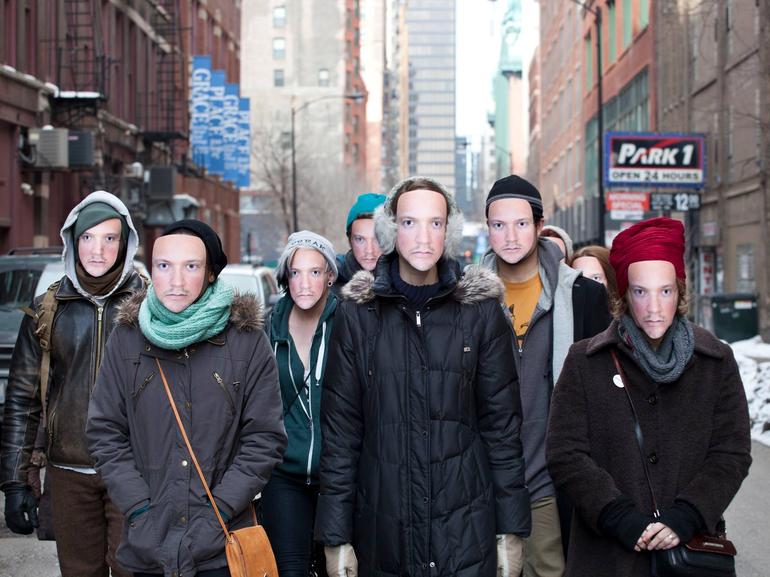
Published in membrana 1/16 – Magazine of Photography
Published in Non Liquet [The Westminster Online Working Papers] – Law and the Senses Series – No.1, Taste
https://nonliquetlaw.wordpress.com/2013/05/28/law-and-the-senses-series-taste/
Brighenti-wine-tasting (pdf excerpt version)
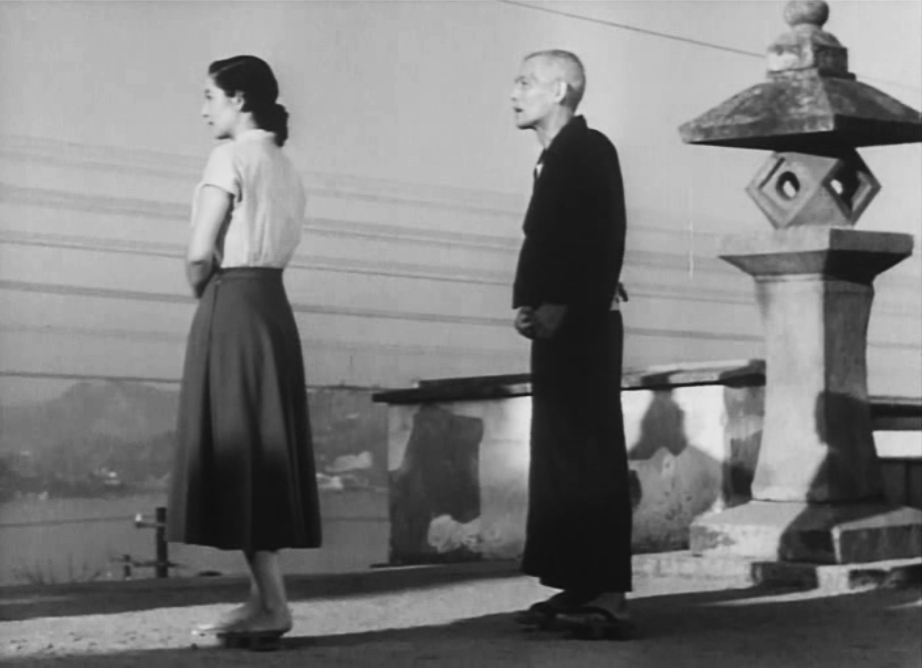
(Still from Yasujirō Ozu’s 1953 movie Tokyo Story)
Available at : http://www.spaceandculture.org/2011/05/26/book-review-milieu-and-human-identity-notes-towards-a-surpassing-of-modernity/